The Life I Never Had
By Jim Dodson
Sometimes before dawn on the late summer mornings, I let in the cat from his nighttime rambles and put on the coffee, then spend a few quiet moments with Ruby Jane.
She’s old and nicked up from years of travel, but has a body that’s spectacularly curved in all the right places. And if you know how to touch her the right way, she still makes the sweetest music.
Ruby Jane is a beautiful Alvarez guitar I purchased the summer after I graduated from high school in 1971 with money I earned giving guitar lessons for Maurice Weinstein at Lawndale Music company for the princely sum of five bucks an hour. Today she’s a symbol of the life I never had.
She went off with me to college along with a window fan for my dorm room, a portable record player and a wooden crate full of record albums.
At that time, I was seriously thinking of postponing college and heading to Nashville to try my luck as a songwriter. Instead, I settled for playing a few coffee house gigs around town and becoming an English major and columnist for the school paper.
Some years back, I told this story to a musical hero of mine, the Grammy winning Alabama singer-songwriter Mac McAnally, whom I helped bring to the Maine Music Festival in the late 1990s.
I first heard Mac perform at a bar in Athens, Georgia during the years I was the senior writer of the Atlanta Journal-Constitution Sunday Magazine and Mac was already a star in country music. One of his earliest albums, No Problem Here, is a anthem to the small town Southern life and still my favorite album of all time.
After his appearance in the main performance tent at the Maine Music Festival two decades later, we shared a cold beverage and talked about how our careers had gone since that night we met in that Athens bar. We even jammed a bit with a couple local musicians before he packed up to be driven back to the airport by his host.
On the way there, he complimented my playing and wondered if I’d ever thought about making music a career.
I thanked him for saying this but felt sure he was just being kind to his appointed limo driver – in my case a well-traveled, mud-freckled Chevy Blazer in which he seemed right at home. I admitted that, once upon a time, I came dangerously close to heading for Nashville the year I graduated from college in 1975.
“But that’s another life,” I said with a laugh. “The one I never chased.”
With two small kids and a busy journalism career that literally took me to a lot of interesting places in the world, I confessed, my beloved guitar rarely left its case these days.
He told me about his own musical journey.
Mac grew up in rural Alabama, studied classical piano and played for his Baptist church before going on to a stellar career performing on his own and eventually writing Billboard toppers for the likes of Jimmy Buffet, Alabama, Kenny Chesney and Sawyer Brown. A dozen solo albums, seven CMA Musician of the Year awards and one Grammy nomination later, he remains one the most respected songwriters and studio musicians of modern times.
“Funny how life works out down the road,” he agreed. “Any regrets?”
None, I admitted, recognizing the line.
It’s from one of MacAnally’s most successful songs, “Down the Road,” a moving anthem about a father and his daughter that was nominated for a Grammy in 2010.
We turned out to have much more in common than I realized.
I told him about growing up in North Carolina, singing in the church choir and teaching myself to play a second-hand Stella Concertmaster beginning around age 10. The guitar was a gift from a former bluesman who worked for my dad at his weekly newspaper down in Mississippi.
I taught myself to play this road-worn Stella, first copying the folks songs of Peter, Paul and Mary before falling hard for the music of George Harrison and jazz greats like Chet Atkins and Wes Montgomery.
In the fifth grade I formed a band with two buddies. Our biggest gig was playing “Mr. Tambourine Man” and “Louie Louie” for Fall Festival at Archibald D. Elementary School, prompting Della Hockaday to accept a mood ring afterwards, proving musicians always get the girls. Not long after this I took Della to the Greensboro Coliseum to see Paul Revere and the Raiders, Bobby Sherman and the Monkeys, whose show – or so I’ve been told — was opened by one Jimmi Hendrix.
Greensboro in those days was a major stop on the Chitlin Circuit and East Coast live performance music circuit. Everybody who was anybody came through the Gate City. Around age 13, I even saw a UNCG nursing student named Emmy Lou Harris perform somewhere down on Tate Street, and was a regular at (former) Aycock Auditorium where I saw road shows by B.B. King, Isaac Hayes, Ike and Tina Turner, Jerry Butler and Cornelius Brothers and Sister Rose.
By high school I was writing songs and teaching guitar and performing with a traditional quartet out of the Grimsley choir called the “Queens Men,” performing for everything from Rotary luncheons to weddings.
In college, I found a few paying gigs playing some of my own music at a coffee house and popular restaurant on weekends, never quite able to shake the allure of Nashville.
But I was also the son of a newspaperman with printer’s ink in his blood. At that time, Woodward and Bernstein were almost bigger rock stars than Jimi Hendrix.
Instead of Nashville I wound up in Atlanta, covering everything from presidential campaigns to Klan rallies across my native south. The two things I basically gave up during those dark years were my love of playing my guitar and my boyhood love affair of playing golf. In the city that made legendary Bobby Jones, I believe I played maybe three rounds of golf – with borrowed clubs, no less.
It couldn’t last. At age 30, I turned down a dream job at the Washington newspaper where my father had worked and fled to a trout stream in southern Vermont to go to work for legendary Yankee Magazine, the smartest move I ever made.
I found a pup at the local animal shelter, bought a secondhand set of Hogan golf clubs and began pounding the accumulated rust off my game. On long winter evenings beneath brilliant northern stars, I sat by my woodstove and played my old Alverez guitar, feeling my heartbeat slow down at last. It was like being with an old friend.
One Christmas my new wife gave me a beautiful classical guitar. When our children were still small, I began playing for them. Soon they were performing in school shows and even singing on a local country music station with their old man accompanying on his guitar, singing background vocals. I turned out to be a natural background singer.
That’s why I was so happy with my life in Maine when my music hero Mac MacAnally came calling to perform at the Maine Festival.
The last thing he said to me as I dropped him off at the airport, however, was kind of a kick. “Better keep playing that guitar. It’s like riding a bike. You never forget how. Who knows, you may wind up down in Nashville yet.”
Too late for this old road warrior.
My children grew up to be splendid singers and musicians, as did my second wife Wendy’s sons. Like their old man, my two became writers, choosing the family tradition. But Wendy’s oldest is a musical polymath who can play any instrument and her youngest, Liam Frank, has already released two Extended Play CDs of his original music with his band, State Function. You can hear his music on Spotify and Apple Music.
My favorite Mac McAnally album is called “Simple Life.” It’s amazing how often I still play that album — and play along with it on Ruby Jane.
A line from the title song goes: A simple life is the life for me / a man and his wife and his family / and the lord up above knows I’m tryin / to lead a simple life in a difficult time.
I don’t miss the life I never had.
I also never thanked Mac McAnally for inspiring me to pick up my guitar more frequently. Playing in the early morning quiet gives me much needed peace and pleasure, reminding me I’m exactly where I should be in this life.
That song, by the way, inspired the name for this column.
This “Simple Life” first appeared in O.Henry magazine in June 2015.



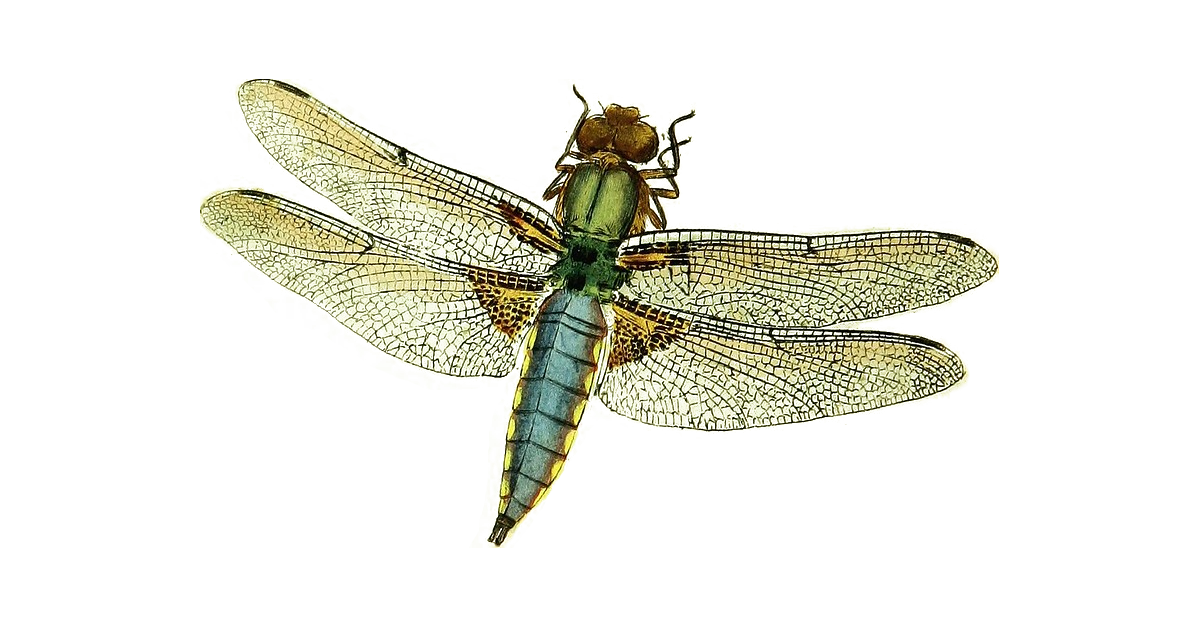
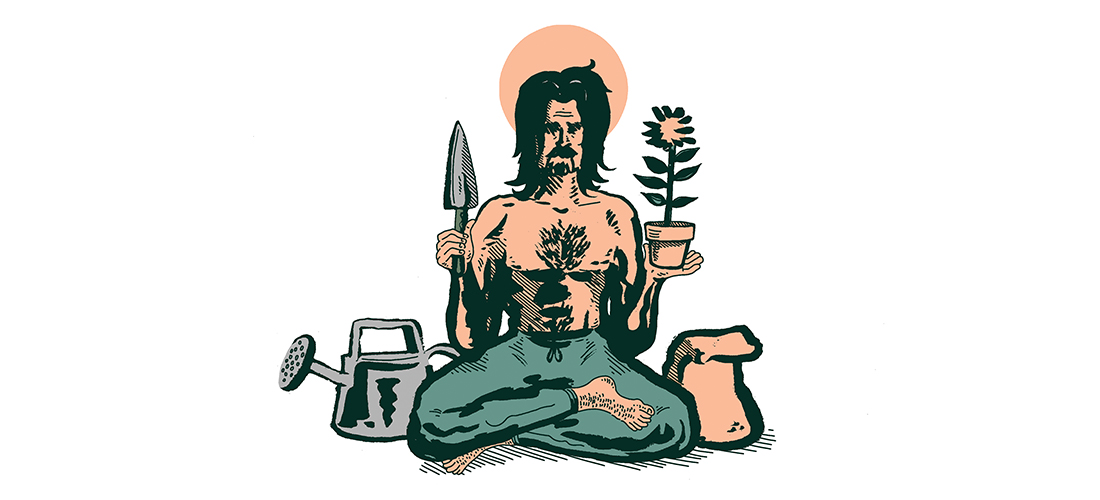



 The Unwilling
The Unwilling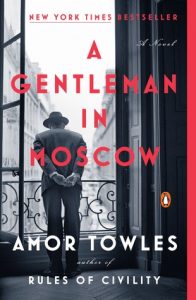
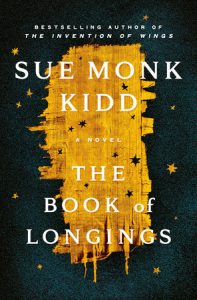

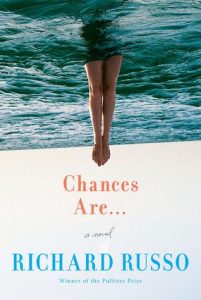

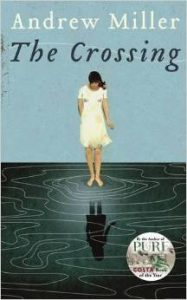

 Ross Howell Jr., Contributor
Ross Howell Jr., Contributor